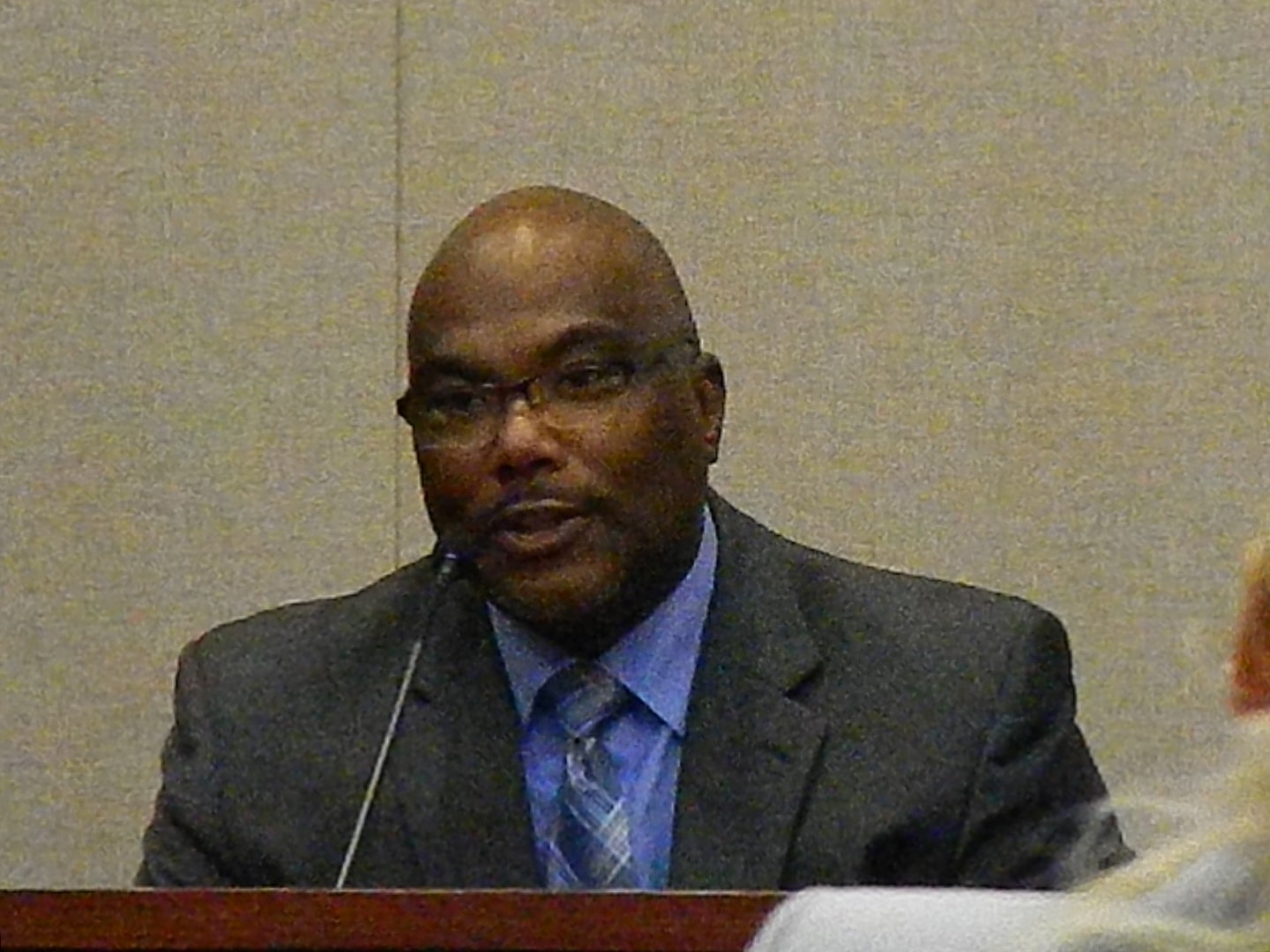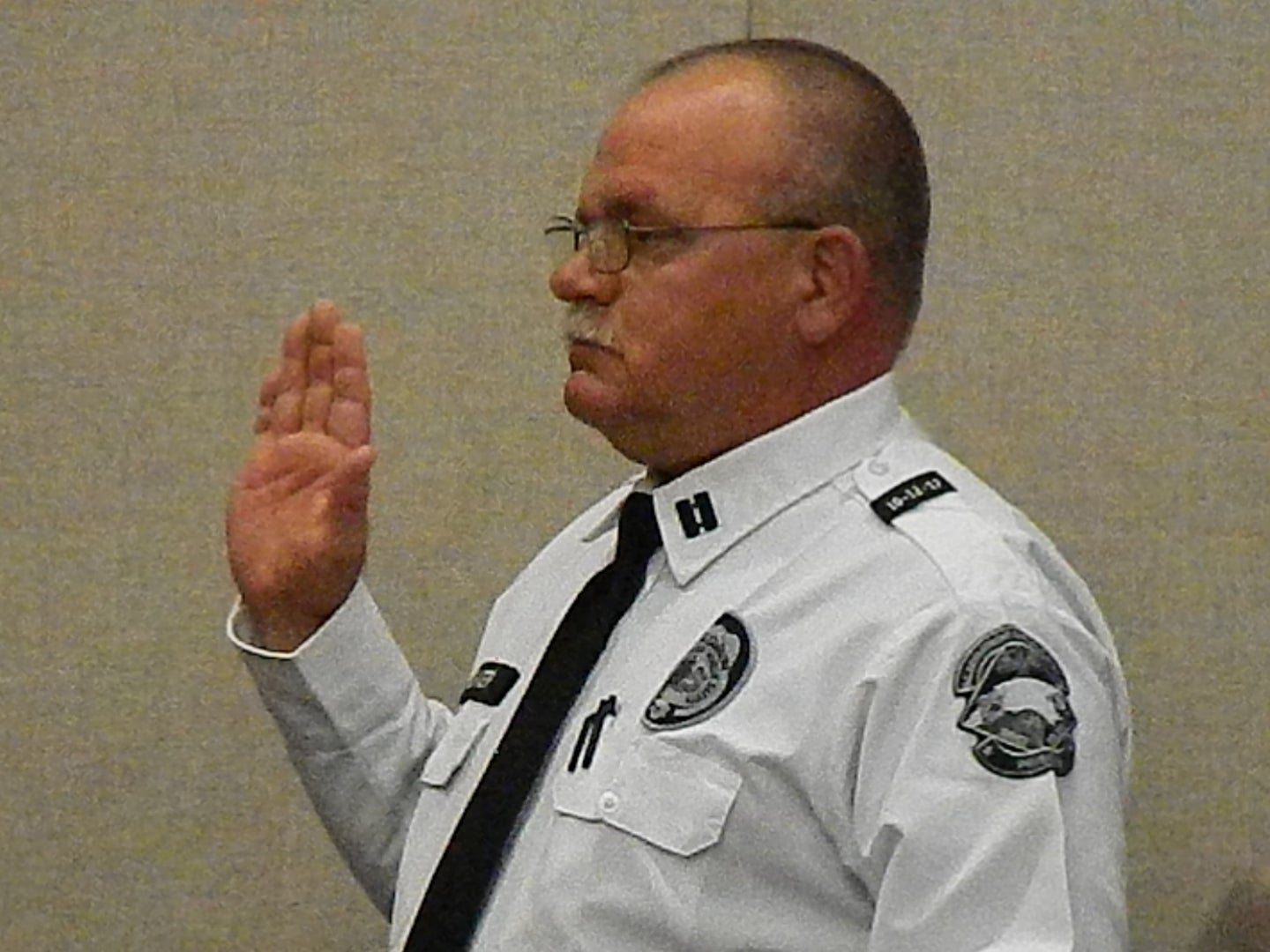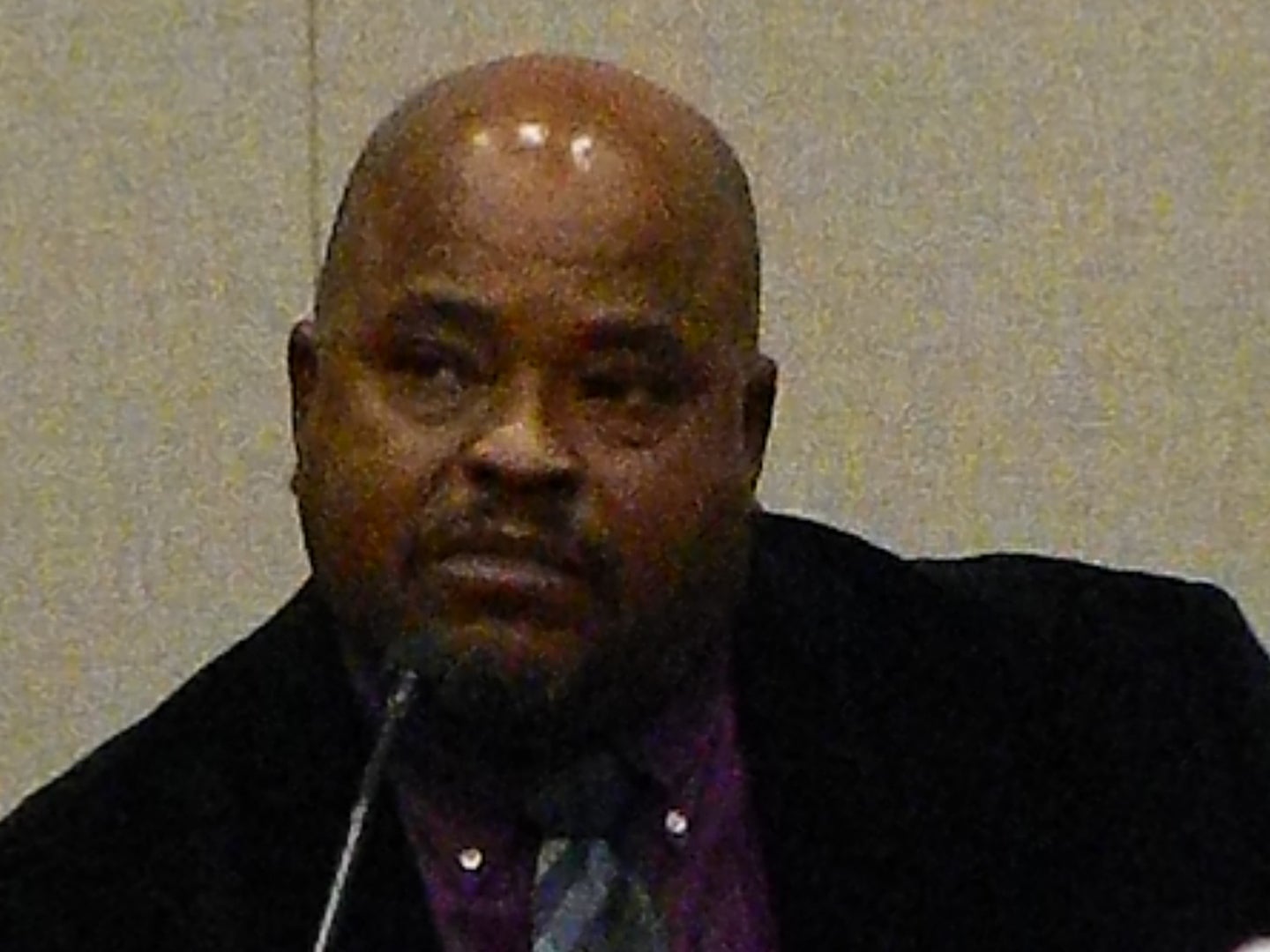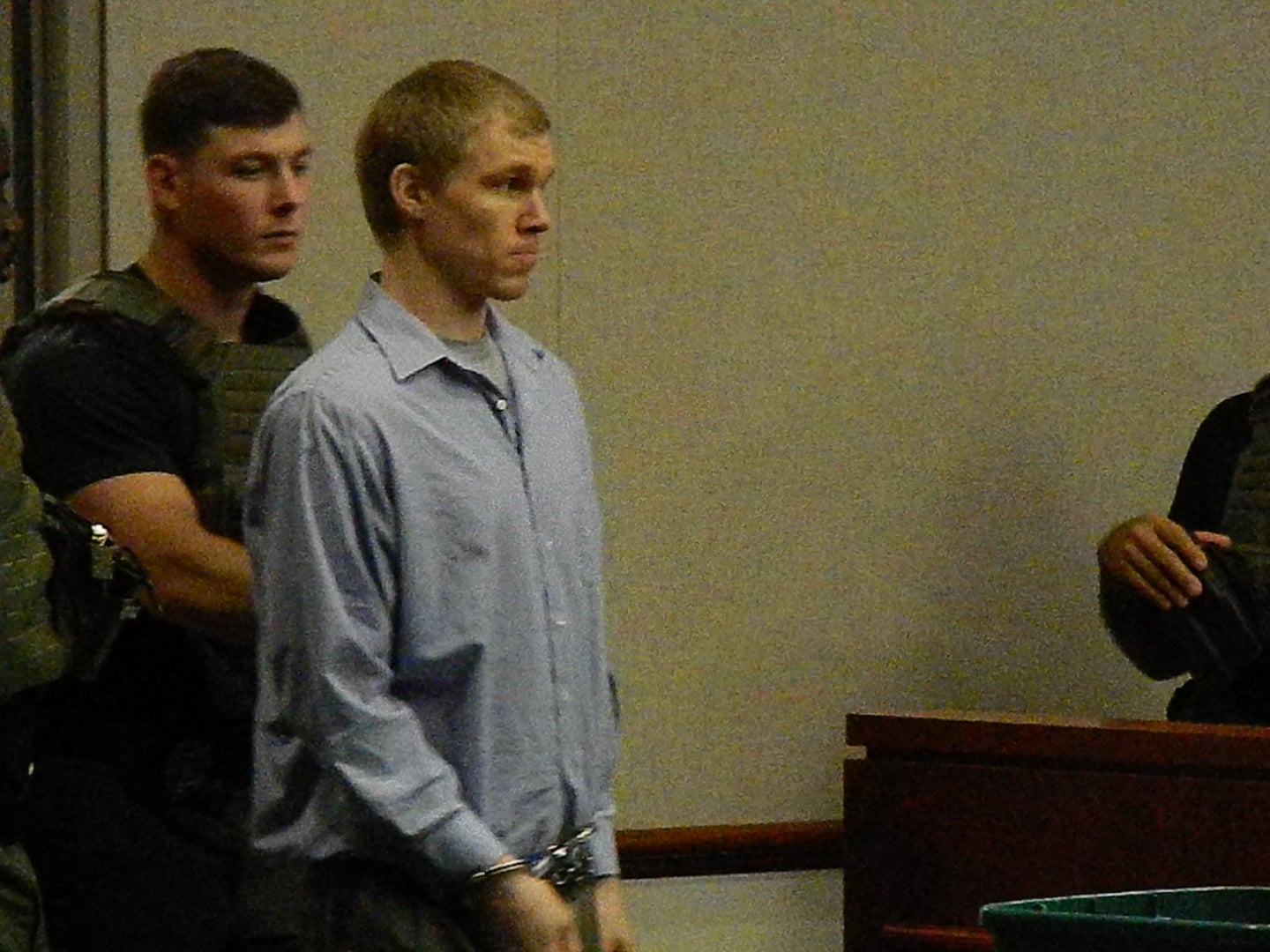Brady murder trial nears end
Published 7:47 am Monday, October 28, 2019
The third week of the Mikel Edward Brady II capital murder trial at the Dare County Courthouse saw defense attorneys conclude the mitigating circumstances portion of the trial late Thursday afternoon.
Prosecutors are seeking the death penalty and – far from being simple or clear-cut as is often portrayed on popular media programs – North Carolina law requires a number of complex legal steps be followed.
After Brady was found guilty earlier in the week of four counts of first-degree murder for the deaths of four prison employees – sewing plant manager Veronica Darden, maintenance worker Geoffrey Howe and correctional officers Justin Smith and Wendy Shannon – and 10 other felony offenses related to a 2017 escape attempt from the Pasquotank Correctional Institution, the trial moved to a sentencing phase for the same jury to determine the appropriate punishment: life imprisonment or death.
During the week’s portion of the trial, the prosecution presented various aggravating factors required to support the death penalty and defense lawyers offered facts, circumstances and conditions that supported a lesser verdict of life imprisonment without chance of parole.
Monday afternoon, District Attorney Andrew Womble led off with testimony for the prosecution from Michael Potts, a former North Carolina State Highway Patrol officer who pulled Brady over on U.S. Highway 70 in Durham for a seatbelt violation. During that routine traffic stop, Brady shot the officer in the face and hand five times and left him for dead. The jury also a video from the officer’s patrol car showing the shooting.
Although Potts survived the attack with a shattered jaw and bullets lodged in his head for several months, he has not been able to work due to his injuries and still has pain from his injuries. In 2014 Brady was sentenced to 24 years for attempted murder and was serving time at PCI for that offense.
After a member of each murder victim’s family testified, the state ended its presentation of evidence for aggravating factors with a paper copy of the defendant’s Vermont criminal record showing he was charged with more than 30 crimes including assault, burglary and possession of explosives. After serving a minimum sentence, Brady was released in 2012 due to his good behavior in prison but fled to Maine, Alabama and then North Carolina to avoid prosecution for a hunting violation.
North Carolina law mandates two attorneys represent a defendant being tried capitally and during the next three days, attorneys Jack Warmack and Thomas Manning called a host of witnesses to establish the mitigating circumstances to warrant life as opposed to death.
First to testify for the defense was the defendant’s mother, Tina Brady, who recounted a tale of abuse during her life with the defendant’s father, Mikel Edward Brady Sr. Next on the stand was Brady’s sister, Elizabeth Ann Bingham, who offered additional abuse testimony. A younger brother, Ryan Brady, also testified.
After lunch Tuesday and most of the morning Wednesday, the the 30-year-old defendant offered his own testimony.
Talking calmly and freely about his life before and after the his father’s death, his extensive criminal record in Vermont and the 2013 shooting of a North Carolina State Highway Patrol officer that put him in a NC prison, Brady went on to relate many details behind the 2017 escape attempt.
Brady displayed little emotion while relating specific and sometimes graphic details.
During and after Brady’s lengthy testimony, Manning and Warmack presented evidence of a number of mental health issues and a bipolar disorder diagnosis by Dr. Donna Schwartz Maddox, a psychiatrist from Columbia, SC, and licensed psychologist Dr. Jennifer Sapia from Southport.
Maddox said she found the Brady family to be in the top one percent of families with mental illness histories and, in addition to Brady being diagnosed with post traumatic stress disorder and bipolar disorder, his father and mother were both diagnosed as bipolar. She did add, however, that Brady was found to have a normal I.Q.
There was also testimony that Brady had been prescribed various medications but was never consistent in staying on to them. The reasons varied. At times the father discouraged taking them, lack of money was cited as a cause and at times Brady elected not to take them. Brady also said he went off his Depakote because high doses make him feel like a zombie.
As testimony neared its end, both current and former PCI staff testified about various security policies and the 186 cameras in place at the prison.
While the defense appeared to be showing a lack of adherence to security protocols, in cross examination by Assistant District Attorney Kimberly Pellini, officers confirmed that there were about 800 inmates at the time of the escape attempt, only four participated, inmates do not always follow policy and can be violent when they want to and even when staff follow policy and do the right thing, inmates can cause bad things to happen in prison.
At the end of testimony Thursday, Manning said defense rested on the mitigating circumstances of the capital felony being committed while the defendant was under the influence of mental or emotional disturbance.
Womble said the state had presented evidence that the capital felony was committed by a person lawfully incarcerated, has been previously convicted of a felony involving the use or threat of violence, was committed for the purpose of effecting an escape from custody, was committed to disrupt or hinder the lawful exercise of any governmental function, was committed against an employee of the Division of Adult Correction and Juvenile Justice of the Department of Public Safety, was especially heinous, atrocious or cruel, and the murder for which the defendant stands convicted was part of a course of conduct in which the defendant engaged and which included the commission by the defendant of other crimes of violence against another person or persons.
The trial is scheduled to resume Monday with closing arguments and instructions to the jury. A death penalty sentence by the jury must be unanimous.
Three other inmates involved in the 2017 escape attempt – Wisezah Buckman, Seth Frazier and Jonathan Monk – are scheduled for trial after the first of the year.
There are currently 142 offenders on death row. Three of them are women. The last execution in North Carolina was in August of 2006 and legal disputes have since led to an unofficial moratorium.
READ ABOUT MORE NEWS AND EVENTS HERE.
RELATED:
Testimony and physical evidence presented in day eight of Pasquotank Correctional murder trial
Panel of 12 jurors seated, alternate spots next to be filled in murder trial
Murder trial begins for inmate in fatal Pasquotank Correctional escape attempt









